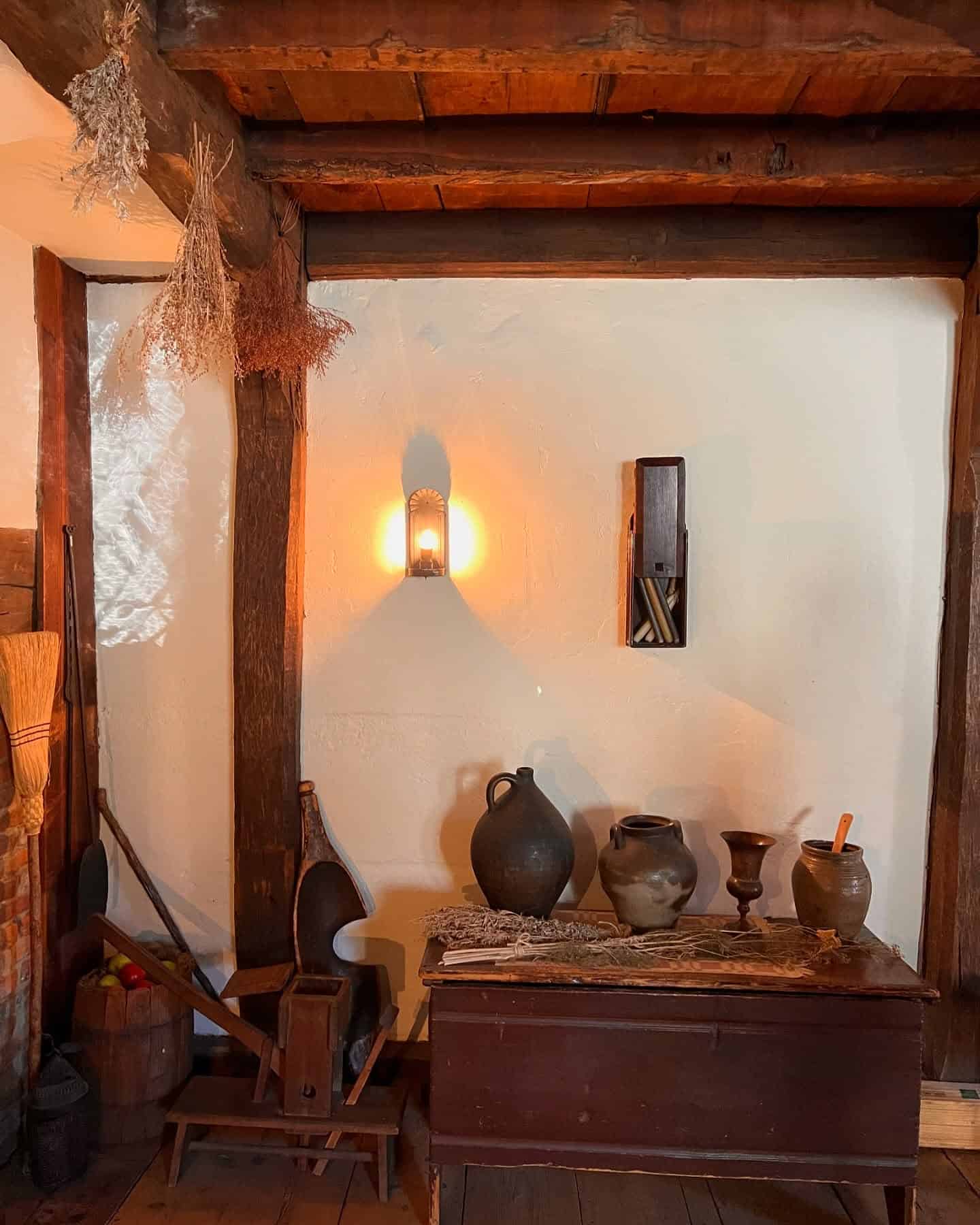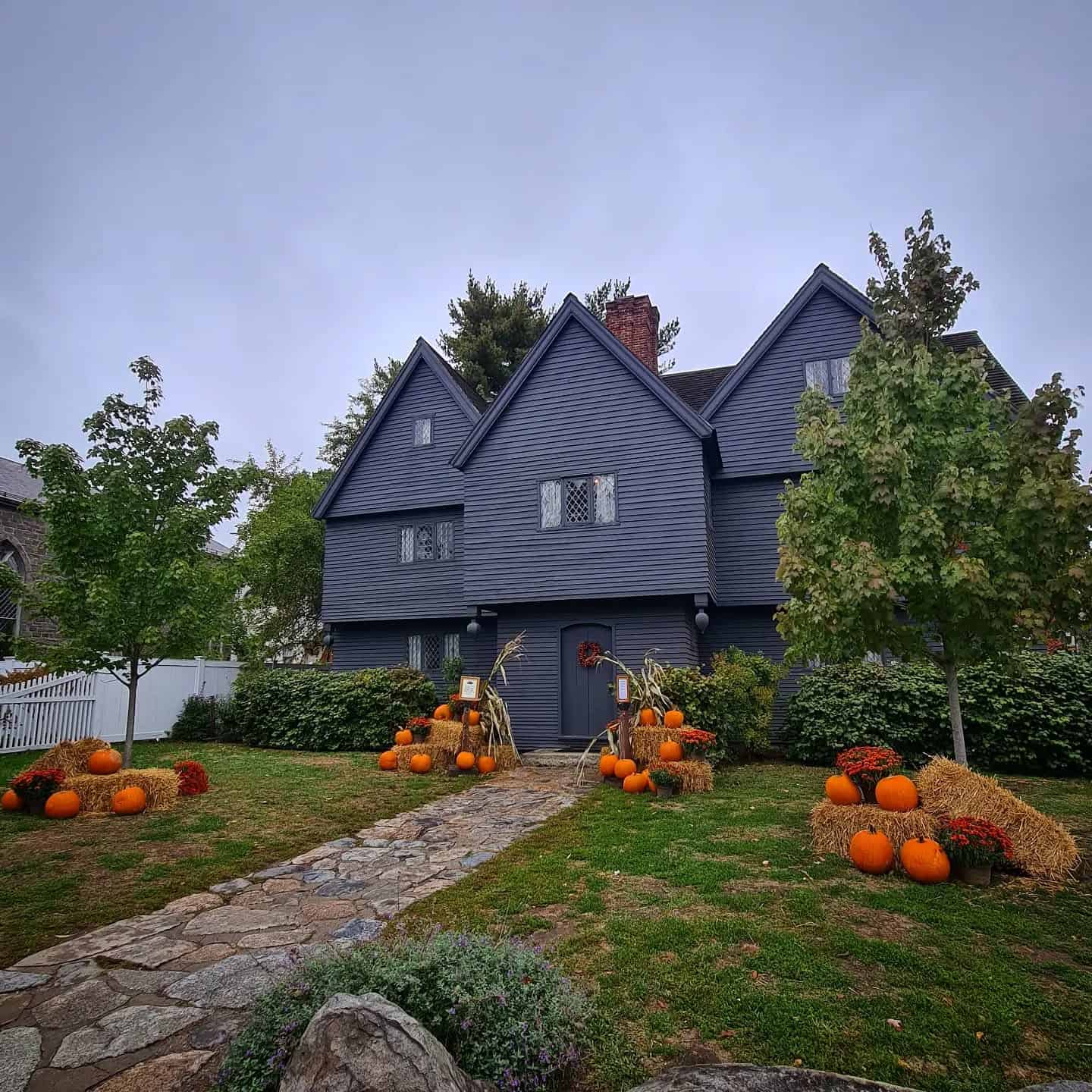In the 17th century, the witch crisis took the world by storm. All across Europe and America, horrendous witch trials took place.
They were heavily influenced by the Puritan culture and made even worse due to common corruption.
At the time, any form of insult or disagreement would have been used to accuse someone of witchcraft. Upon that, every trick in the book would be used to prove their guilt.
Inarguably, the most iconic place where these trials took place was Salem, Massachusetts.
It inspired countless horror tales and movies, and to this day, it’s the most memorable by this very point in its history.
Salem is home to the Witch Museum, and the legendary Corwin House – better known as simply the Witch House.
1. The Winter of 1692
Though there have been witch trials before 1692, this period is remembered as the peak of the witch panic, which took the lives of more than twenty innocent victims.
It’s estimated that there were 25 victims in total, though it’s well-known that 19 people were convicted and hanged for witchcraft.
About 160 people were accused, and 50 confessed under pressure in order to evade the trials.
It’s one of the most prominent examples of mass hysteria in history, which lasted for eight months. The trials ended in May of 1693.
It was Governor William Phips who dismissed the special witchcraft court of Salem, and finally put an end to the accusations and the trials.
2. The Corwin Family
The landmark which is famously known as the Witch House of Salem was never actually home to any witch.
Instead, it was owned by Judge Jonathan Corwin – yes, the very judge who served the witchcraft court and convicted the 19 people to be hanged.
Corwin lived in the house since he was 24 years old to the end of his life. The house remained in the possession of the Corwin family until the 1800s.
There is some divine justice to be found in the whole thing, I’d say, that the judge’s own house became a landmark that celebrates witchcraft and remembers the victims.
3. 17th Centruty Interior
The house is said to be an excellent example of seventeenth-century architecture and it was actually the reason that the Salem Witch Museum was opened.
In 1944, there were plans to destroy the house for a new project, which luckily launched a whole new restoration movement in the town.
It was actually the citizens who raised $42,500 that was needed to move and restore one of the most iconic landmarks in Salem.
In the year 1948, the museum was officially opened to the public. Together with the Witch House, it gives us valuable insight into seventeenth-century architecture and lifestyle.
4. Coven Activities at the Witch House
Though the vast majority of visitors come for a quick tour, you may also partake in various activities organized in the Corwin House.
Currently, on the official site, you may find the current events for December.
5. Authentic Gifts
Like any other popular landmark, the Witch House includes a gift shop where you can purchase themed trinkets for memory’s sake.
It sells T-shirts, art, accessories, home goods, postcards, and local herbs. The available gifts pay homage not only to the witch trials but to the colonial history of Massachusetts overall.
6. The Original Trials Documentary Archive
At the Witch House and on the website, you may learn more about the trials and the time period from the original documents.
The University of Virginia actually handled the digitalization process which makes it possible for everyone to see the documents and their direct transcripts.
You may view the documents here.
7. Purchase Your Own Ticket
If you’re planning to visit the state of Massachusetts, don’t miss out on experiencing the Witch House of Salem.
Tickets may be purchased here.








